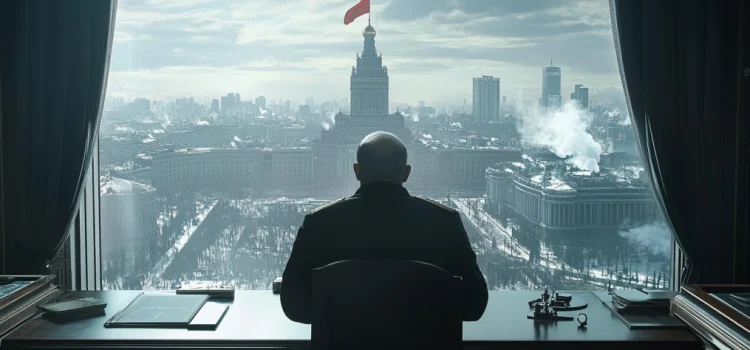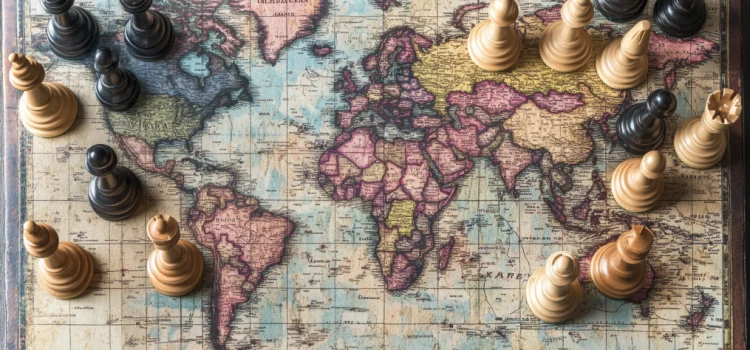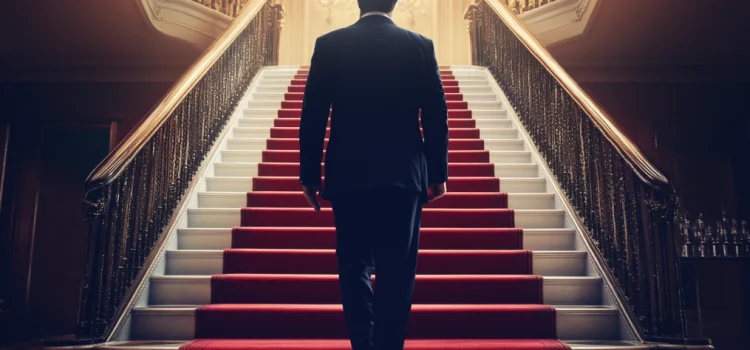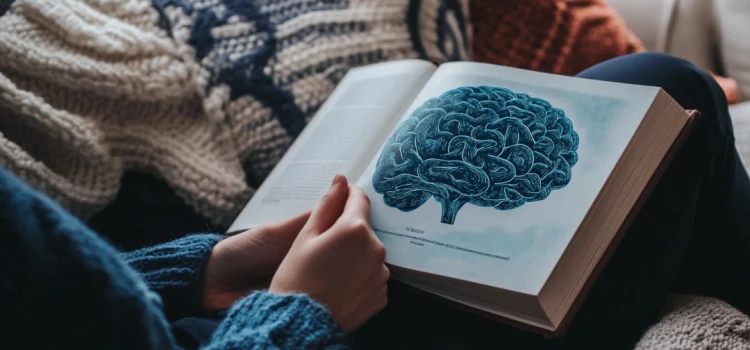How do dictators stay in power? How do they keep the right people satisfied? How differently do democratic leaders behave? In their book The Dictator’s Handbook, Bruce Bueno de Mesquita and Alastair Smith reveal the tactics dictators use to maintain control, comparing them with democratic practices. They explore three key methods: rewarding supporters, punishing dissenters, and managing revolutions. Read more to understand how dictators and democrats maintain power after they seize it.
How Do Dictators Stay in Power? 3 Ways They Ensure Loyalty










